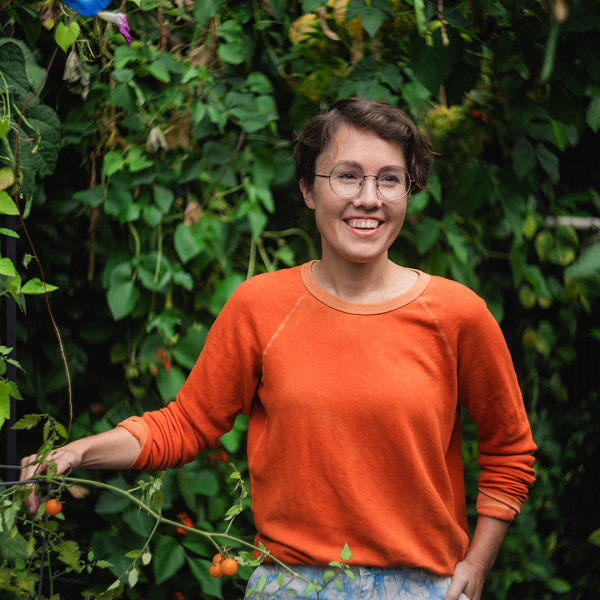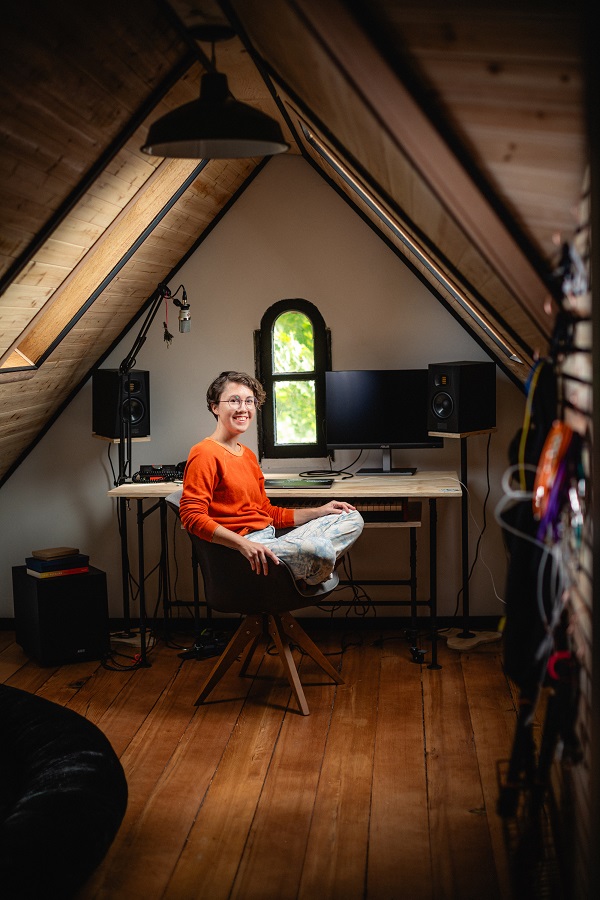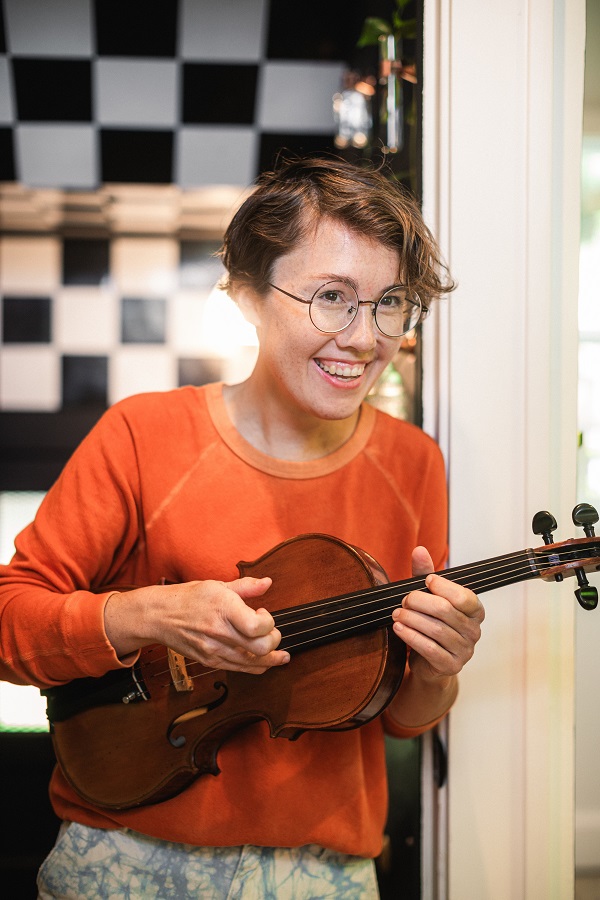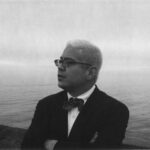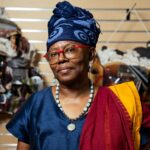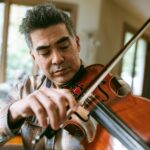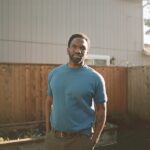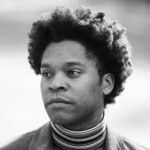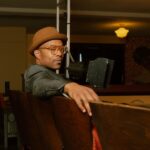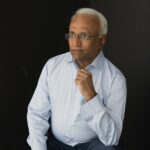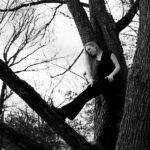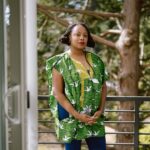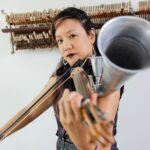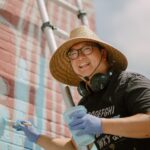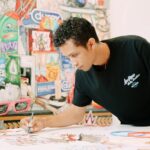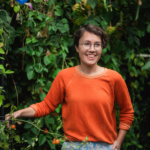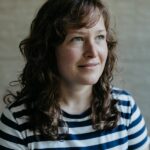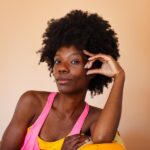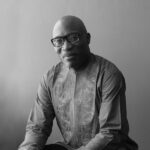The Sonic Archives of Caroline Shaw’s Memory Palace
Written by Kristen Millares Young; Photographed by Jason Quigley
In just the last few years, Caroline Shaw has written the score for Fleishman Is in Trouble, released albums with the Attacca Quartet and Sō Percussion, and made contributions as a vocalist and composer to Beyoncé’s Homecoming, Tár, and the podcast Dolly Parton’s America. Add that to her Pulitzer Prize, several Grammys, an honorary Yale doctorate, and more than 100 composed pieces in the past decade, transcending genres from classical to prog rock to cinematic electronic pop. She’s co-composed, with Andrew Yee, a live orchestral score for Wu Tsang’s silent film Moby Dick. As a producer, she has worked for Nas, Rosalía, Woodkid, and Kanye West (though his politics interfered). She is currently writing the score for a Ken Burns documentary about Leonardo DaVinci, who “is a really lovely subject to live with,” Shaw says. “He never slept and was constantly making things.”
It’s hard to figure when Shaw sleeps. But awards and achievement are not her aim, nor is innovation for innovation’s sake. “I want music to be able to reflect everyone’s inner experience,” Shaw says. “Human experience is wildly complex.”
So, too, her creations—and the very conception and articulation of the soundscapes that are her art forms. Shaw seems to experience music as a place, a shape, an infinite series of rooms she invites listeners to inhabit. Along the way, she sings, plays viola and violin, and collaborates extensively. She’s an “experimental folk violinist” in a band called The Hands Free, whose music is “inspired by French poetry, line drawings, and skipping records.” When she can, she sings with Roomful of Teeth, an a cappella ensemble “dedicated to reimagining the expressive potential of the human voice.” (Shaw’s Partita for 8 Voices for the group made her the youngest winner of the Pulitzer Prize in music, at age thirty.) She co-created an immersive theatrical dance piece with Vanessa Goodman called Graveyards & Gardens, using a “blend of electronics and also memories of old music and classical music that come in” alongside “spoken word and tape decks and vinyl record players. It feels like a memory palace.”
Welcome to the fantastic, frenetic world of Caroline Shaw.
Whether writing for her own bands or for luminaries like Yo Yo Ma and Renée Fleming, Shaw thinks about form and density and how artists, given what we have, make representations of our worlds. Echoing her self-interrogation, Shaw has a question for fellow musicians who compose: “Is it for you, or is it a gift for other people?”
That can be a hard question for artists to answer. One way to tell is in the making.
Like the moody, atmospheric electropop duo Sylvan Esso, Shaw has just paired up with her partner, Danni Lee, to form Ringdown, which debuted with a yearning and plaintive single called “Thirst.” The origin story for Ringdown is simple: “Danni went to a chamber music concert and had really never been to one before.” Her partner asked, “Why are things this way? Why do people not clap?”
But! In the middle of a Brahms violin sonata, there was a set of chords that sounded modern. “We went home, and I found those chords and kind of played with them and looped them,” using her laptop, a synthesizer, and detuned piano samples to create an arpeggiated and rolling sound. Her partner layered in direct lyrics, a whole song building “around this thing,” around Brahms, “which feels like this cool secret,” one which “opens up into the simplest thing, which is the voice.”
Together, they have created a life—and a sound. They say Ringdown is “like calling your first love on a rotary telephone, percussively tearing out the hammers from a 1924 vintage upright, and flinging each of them into space while you wait for every heartache you’ve ever felt to quietly return.”
It’s just the beginning for Ringdown, but it’s been a storied career for Shaw, who moved from New York to join Lee in Portland during the pandemic. Now in her midlife, Shaw asks herself, “What are my forties going to feel like and sound like? And what do I notice?”

